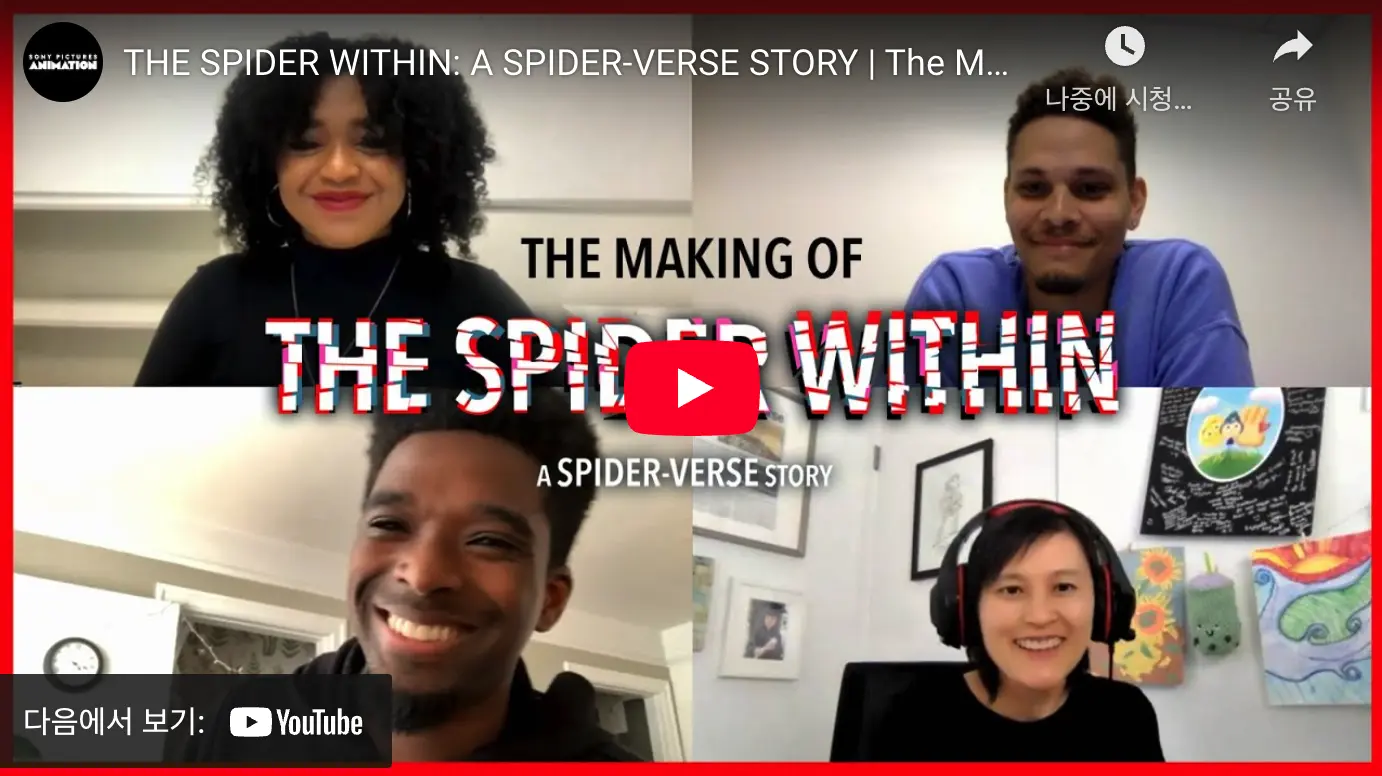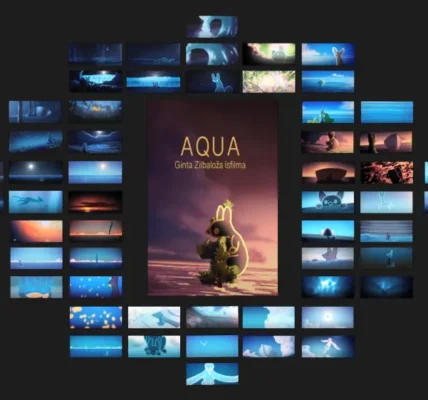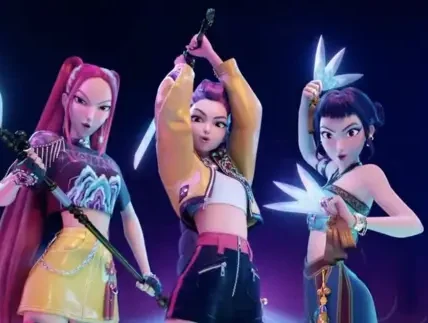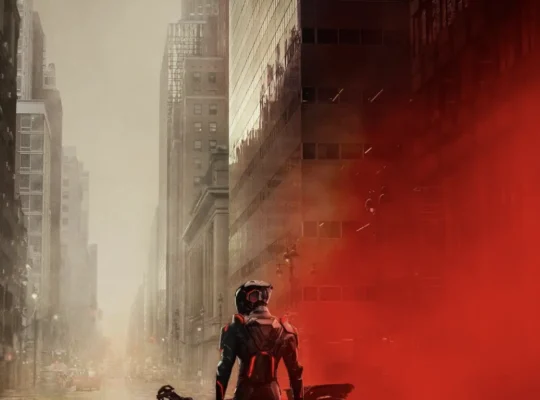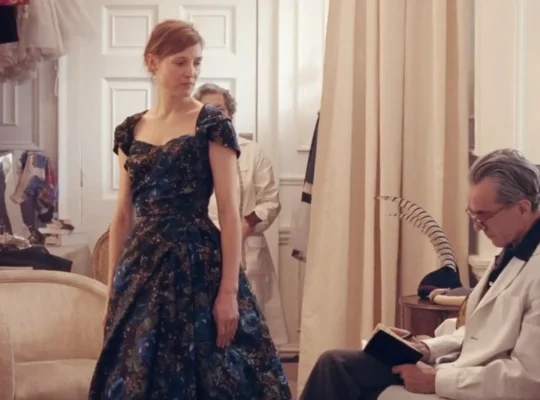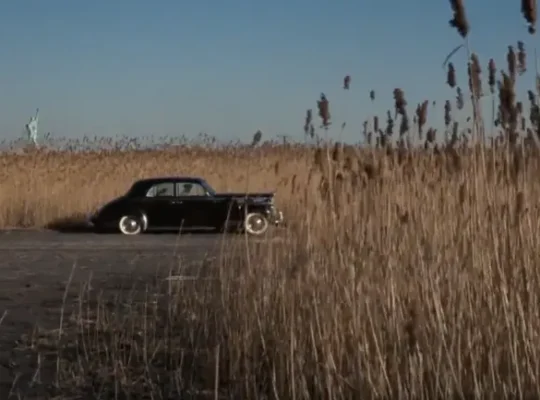Can’t Stop Loving Sony Pictures – After Watching The Spider Within: A Spider-Verse Story, a Short Film on Mental Health
One day, while browsing through some articles about the Spider-Verse, I found out there was a short film released in 2024.
What a treat.
Why would they give me such a perfect gift?
For someone like me—tired of waiting for Beyond the Spider-Verse—this felt like a refreshing little downpour in the middle of a drought.
It’s only about seven minutes long, but it turned out to be such a fun and brilliant piece of work.
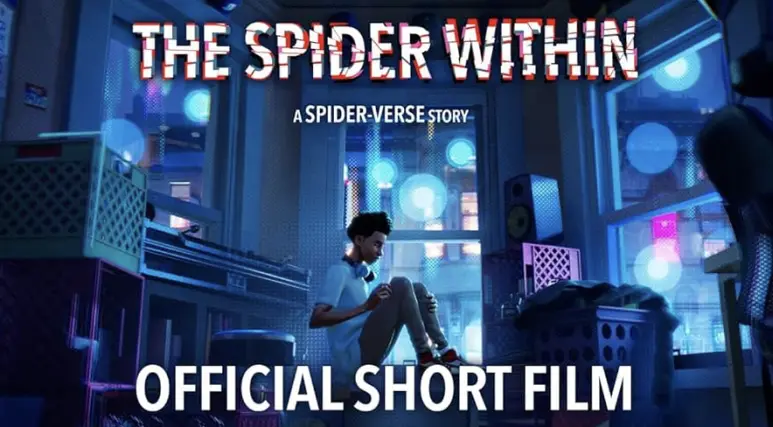
📝 A Bit About the Film
It’s described as leaning toward the thriller genre, telling the story of Miles Morales as he struggles to balance his responsibilities as a teenager, a friend, and a student, alongside his role as Brooklyn’s friendly neighborhood Spider-Man.
At the end of a long day carrying all these burdens, Miles experiences a panic attack.
Through that moment, he’s forced to confront his anxiety—and comes to realize that asking for help can be just as brave as protecting the city.
I just love that message.
Honestly, I already liked this studio, but this made me respect them even more.
This short film was created in collaboration with the ‘Kevin Love Fund‘, an organization that supports mental health care.
The video is set to be part of the ‘Kevin Love Fund’s new educational program called ‘The Hero Within‘.
It was made with the purpose of helping people express their own stories through the lens of mental health awareness. It’s truly an amazing idea.
I also noticed that it seems to have a goal of raising donations through YouTube support as well! 👏 👏 👏 👏 👏
Review ⭐️⭐️⭐️⭐️⭐️
It’s short but packed with lessons and amazing visuals. The more I watch, the more I love Sony’s work. ❤️
00:00 – The opening shot showing the distributor and production company.
That signature Sony glitch effect — I really love it.


00:46 – the bright moon reflected in a puddle ripples because of Miles.
I think this opening scene hints at the overall story and symbolizes an abstract metaphor.
It seems to represent how a clear and steady mind can be shaken and disturbed by certain events and experiences.
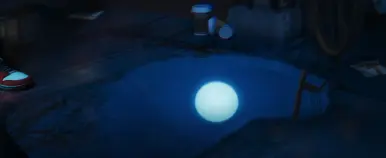


00:55 – there’s a powerful shot showing the stress Miles faces as both a teenager and Spider-Man. 👏👏👏
Comic panels pop up all over the screen while Miles, centered in the frame, is gradually pushed back and shrinks.
It’s an incredible way to show how the pressure, responsibility, and stress are wearing down Miles’ mind.
Scenes like this fill me with endless respect.
Though multiple sounds overlap, the words “unacceptable” and “focus” are repeatedly heard in his parents’ voices.
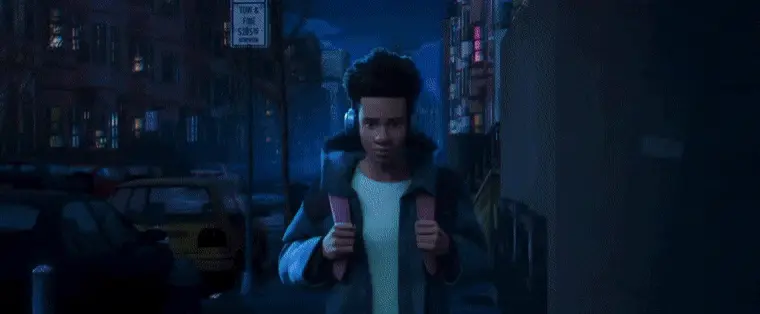
01:09 – the scene more directly shows Miles’ emotional state as he arrives home.
His hesitation at the door, combined with an extreme high-angle shot, depicts his anxious, worried, and troubled mindset—highlighting a vulnerable and negative moment.
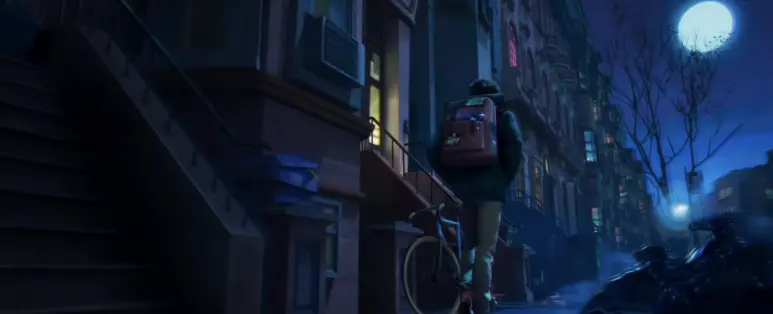

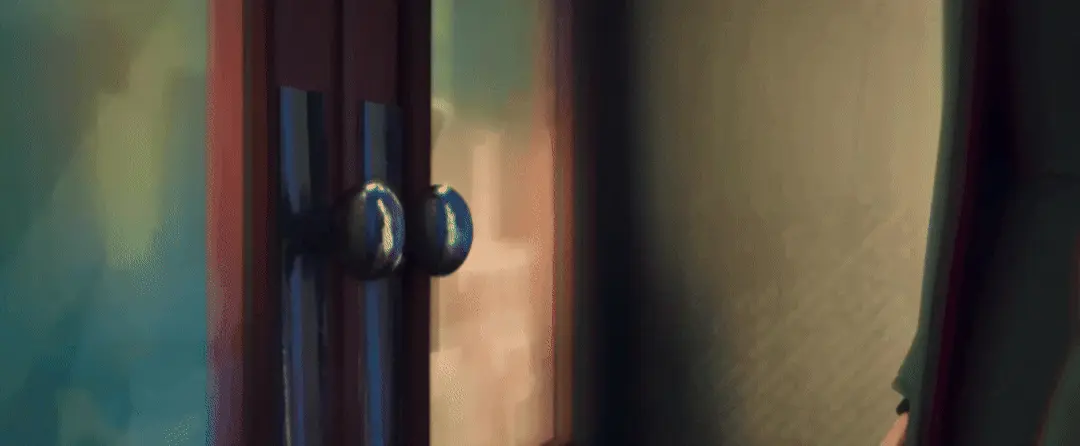
01:26 – unlike before opening the door, Miles consciously adopts a brighter tone and behavior—
just like any child hiding their true feelings in front of their parents.
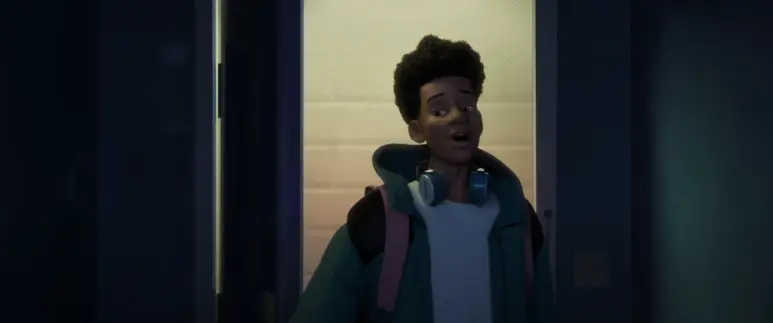
01:30 – Miles comes home to find a horror movie playing—only to realize it’s his dad’s prank.
The use of a “ghosting effect,” showing multiple outlines of Miles’ face, visually expresses his psychological confusion and panic anxiety. It’s really impressive. 👍
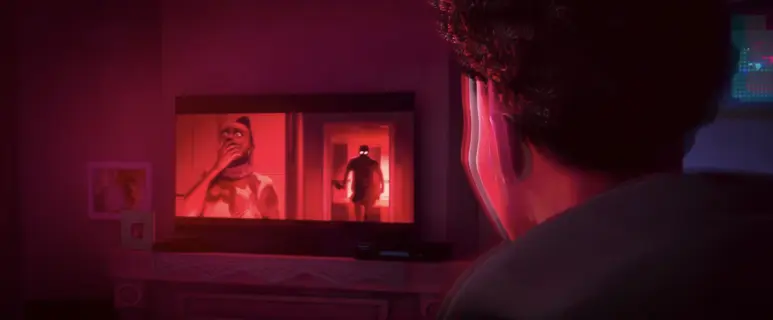


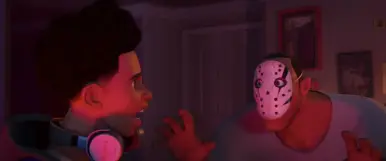

02:15 – a conversation scene that clearly shows the emotions of Miles and his dad.


His dad notices something’s off and asks if he’s okay, but Miles says he’s fine.
He forces a smile, but his facial expression shows he’s tense and uneasy overall.


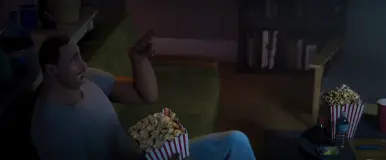
It felt like he was teasing him in a lighthearted, playful way.
02:28 – when Miles returns to his room, pay close attention to how the tension and fear are built.
The camera moves as if someone is approaching from behind, and when Miles turns around, a POV shot is used to help the audience connect and immerse themselves more deeply.
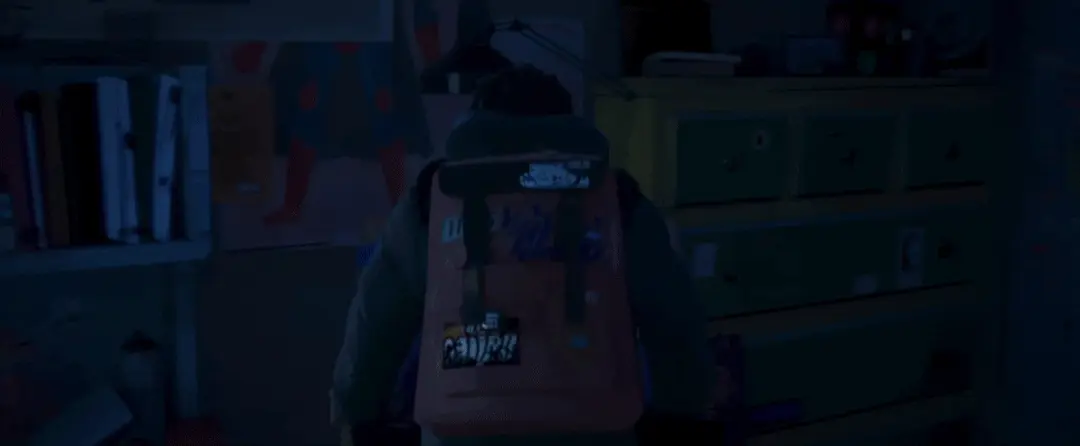





giving off an eerie vibe accompanied by ominous sounds.
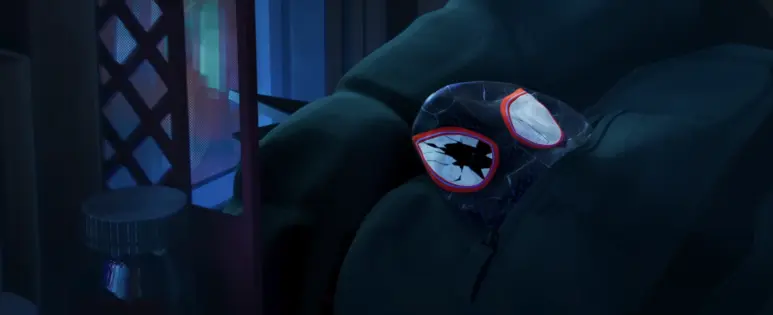

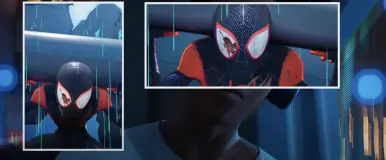

visually representing the thoughts swirling in his subconscious.
03:30 – Miles struggles to breathe during a panic attack and even experiences hallucinations.
It’s striking how the hallucination shifts from his own figure to a spider.

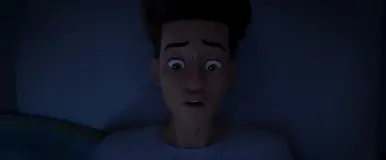

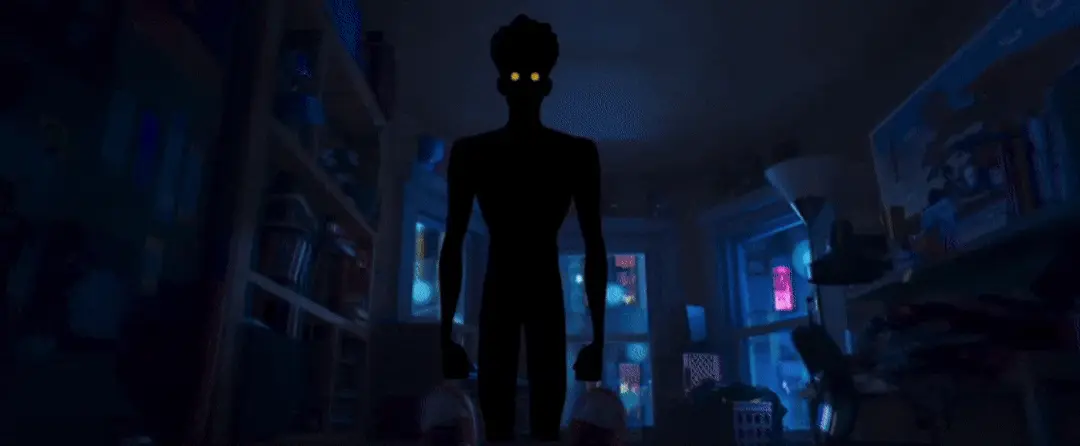

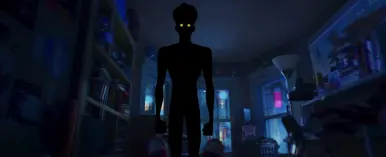

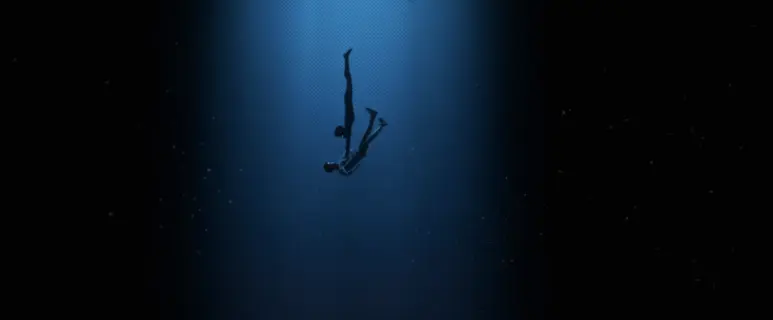
04:00 – Miles is visibly terrified and losing touch with reality,
with the space appearing to represent his imagination.


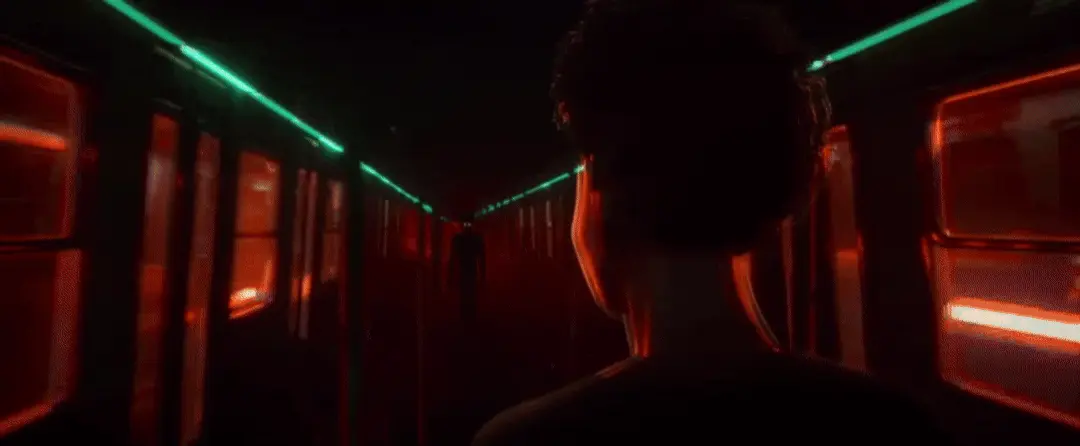
I’m really curious because I’m still not sure about the reason.
Is it to express Miles’ fear, but also his determination to face and overcome it?
Maybe the 360-degree rotating camera is used to portray the conflicting emotions of fear and confrontation?
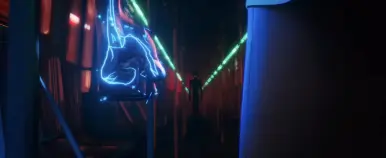
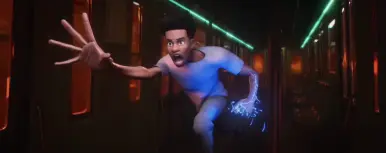
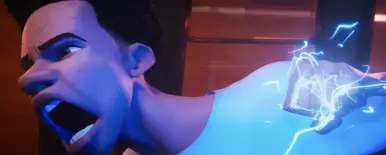

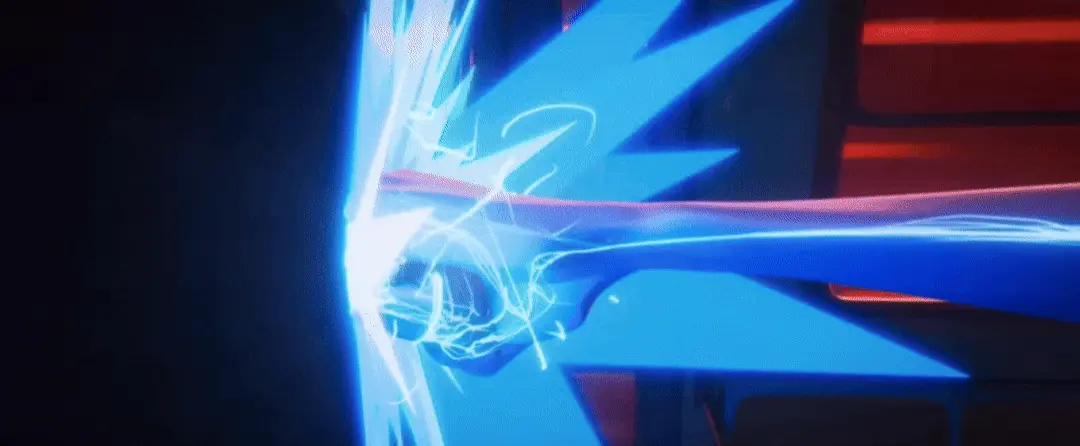

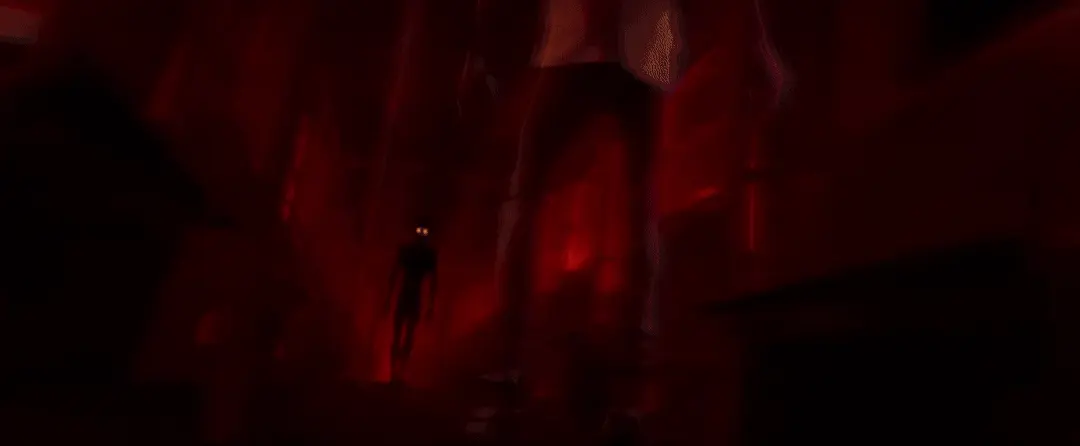
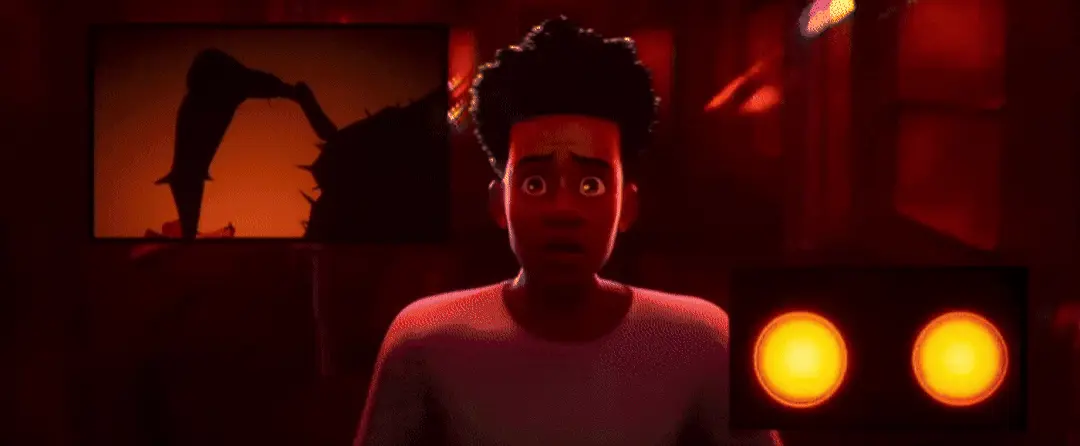
It’s a fresh technique I haven’t seen before and it’s really fun.
Sony keeps breaking the mold while delivering amazing scenes—love it!

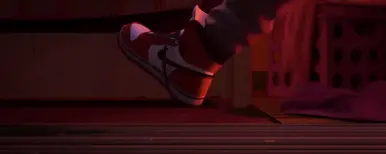
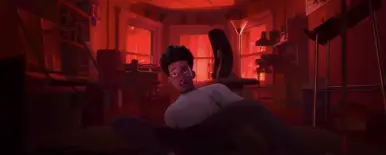






05:32 – Miles struggles alone in his room but musters the courage to ask his dad to go out for some fresh air.
This scene carries the movie’s core message about facing your anxiety and reaching out for help. 👏👏👏
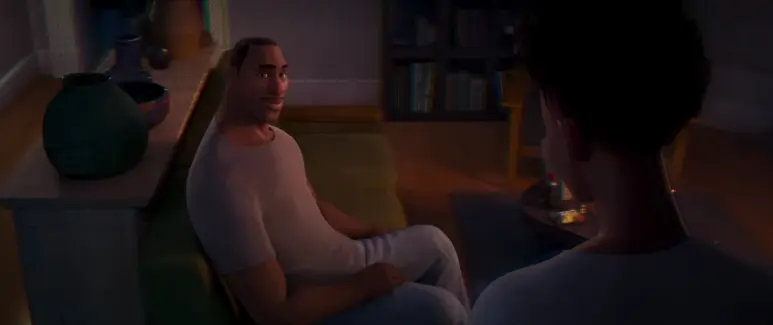


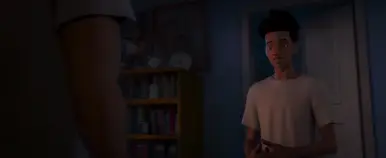
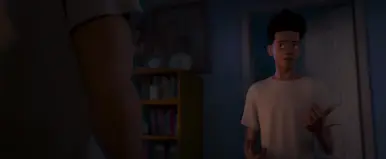
Miles bravely asks his dad, “Do you have time?” and “Let’s go get some fresh air together.”
The acting is really great.
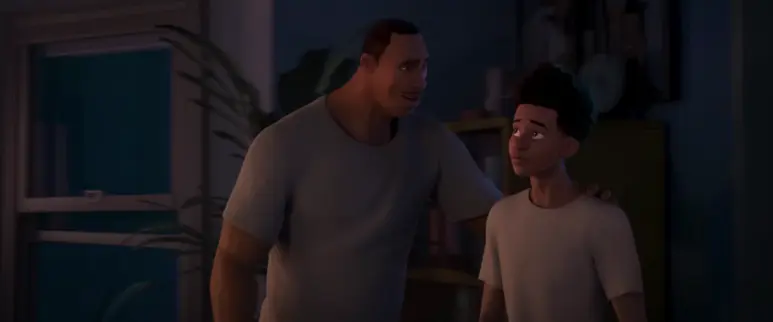
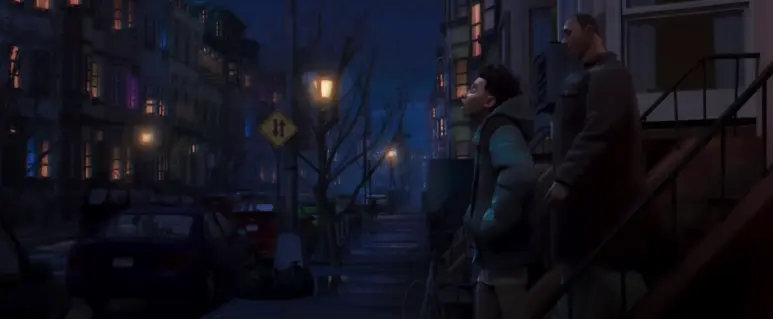
sharing all the little worries weighing on him lately.
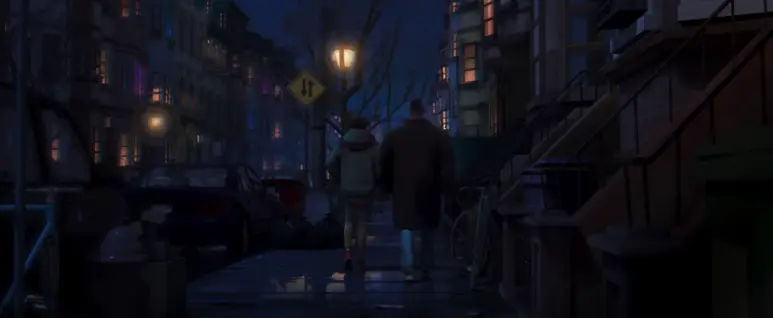
🎥 Watching the making-of
gotta remember the faces of the key people so I can greet them properly later!
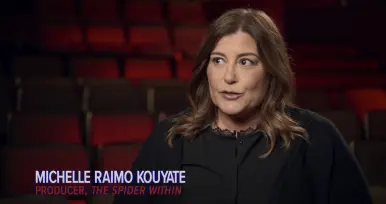
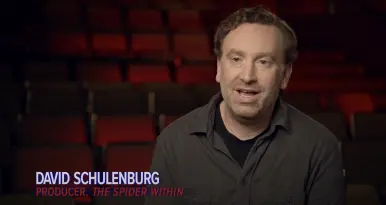
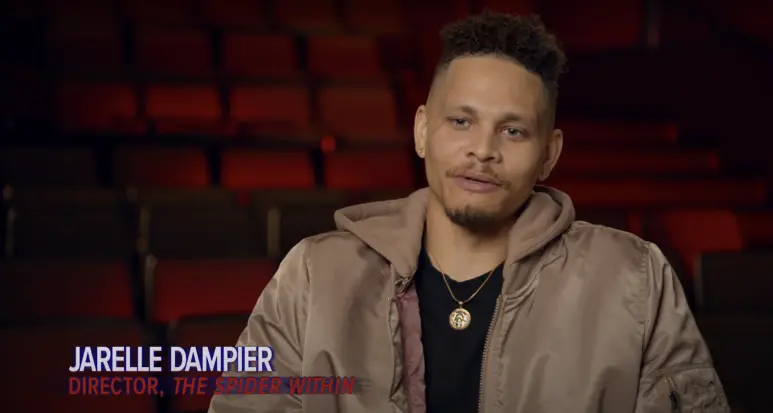


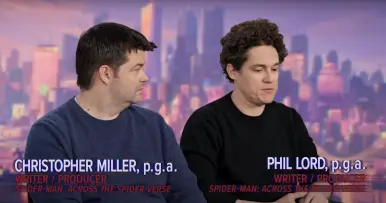

Wow, from the interview, it seems like every shot was carefully designed to respect personal experiences of anxiety and panic attacks. They really focused on choosing the right shots and compositions to make the audience feel it firsthand.
I’m really impressed by how much they valued authenticity.
Wow, such a great answer from the interview!
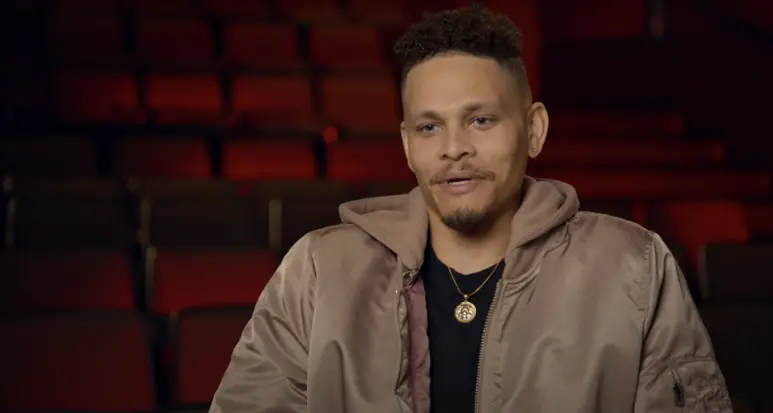
I know everyone’s stressed.
I know everyone gets anxious.
I think the world just needs people to be honest about these things,
so that we can take the stigma out of it,
we can take the negative energy away from it.
We got to build support systems.
We got to help each other figure it out.
I think that’s important
And if I can help start that dialogue, I want to do it.
They also mentioned in the interview that they put a lot of effort into using light and color effectively. They used highly saturated reds and yellows to heighten the feeling of fear, then shifted back to cooler tones—mainly blues—when the mood calmed down.
I noticed that too while watching, so it’s really great to hear their detailed explanation about that part directly.


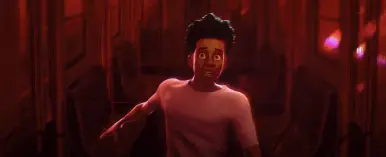




<Work Enviroment, Storyboards & Actual Shots>
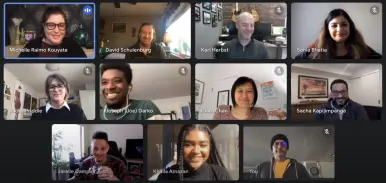
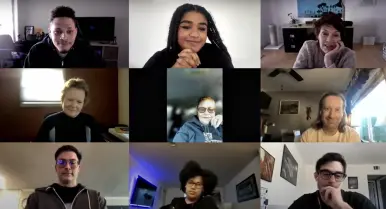
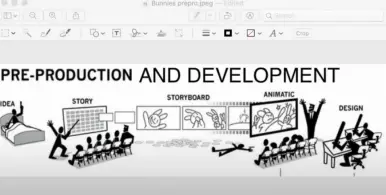
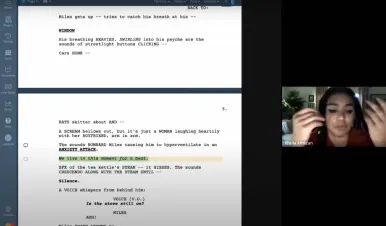






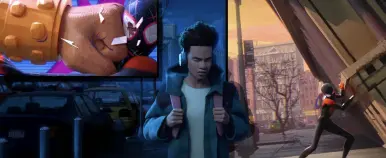

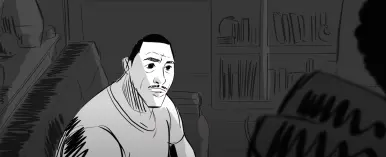

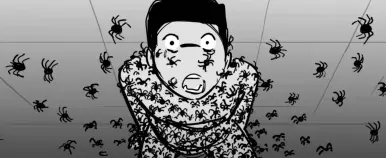
!! END !!

<🔗 Film & Making Of & Ending Song>

